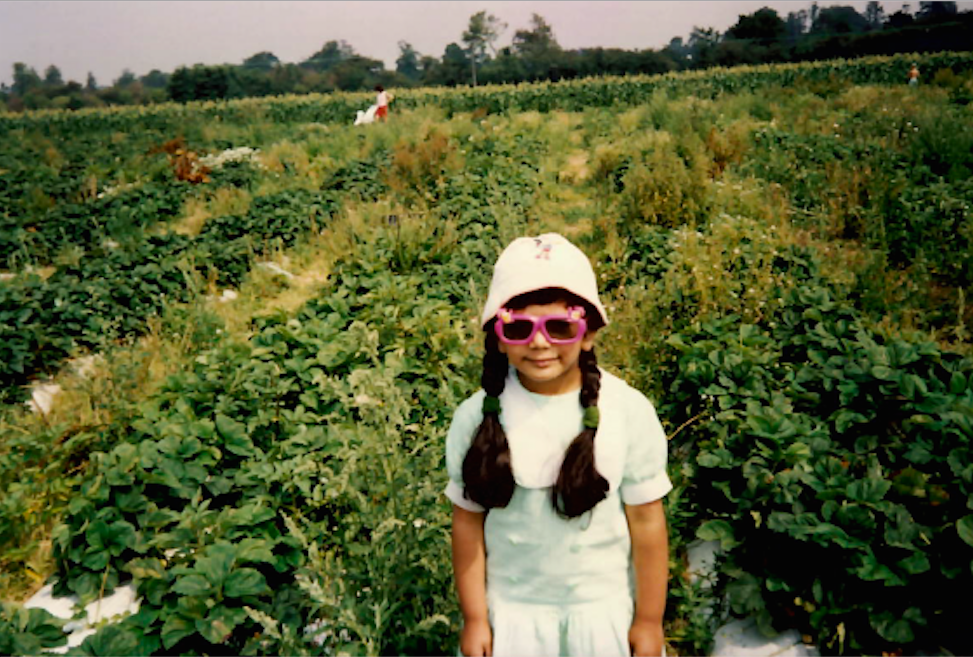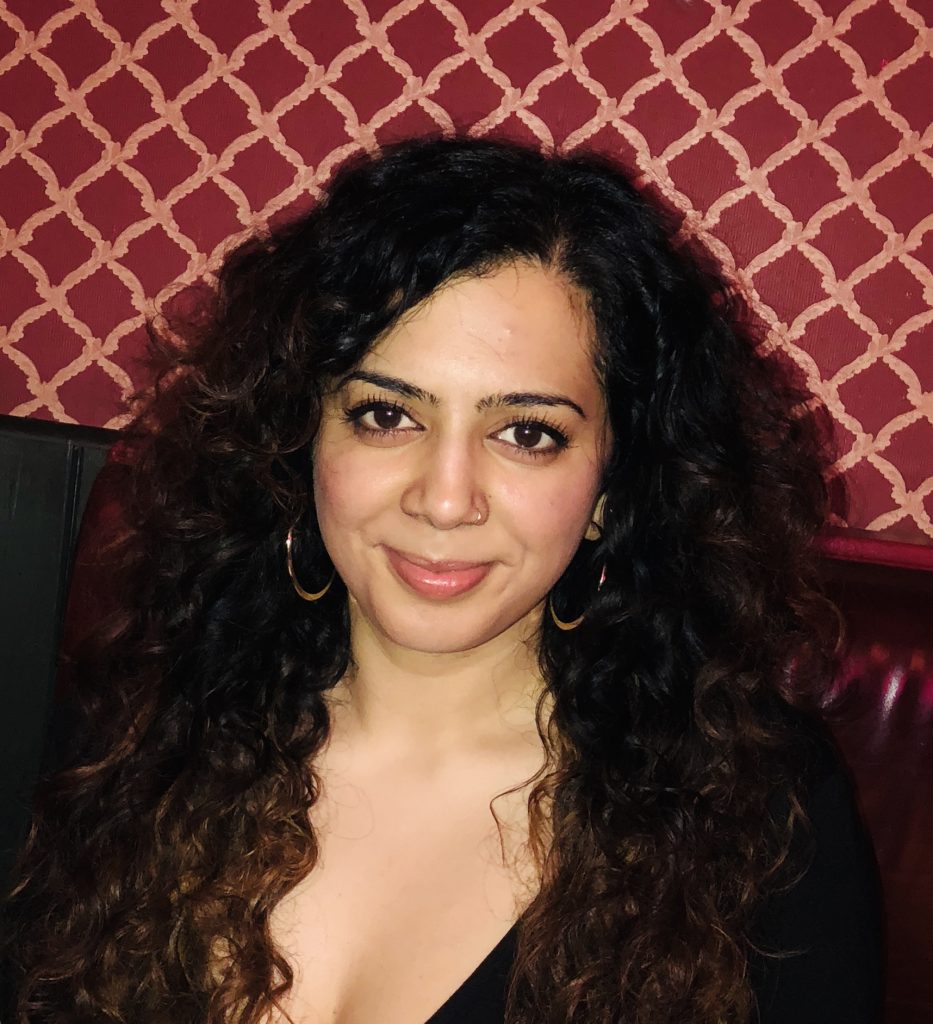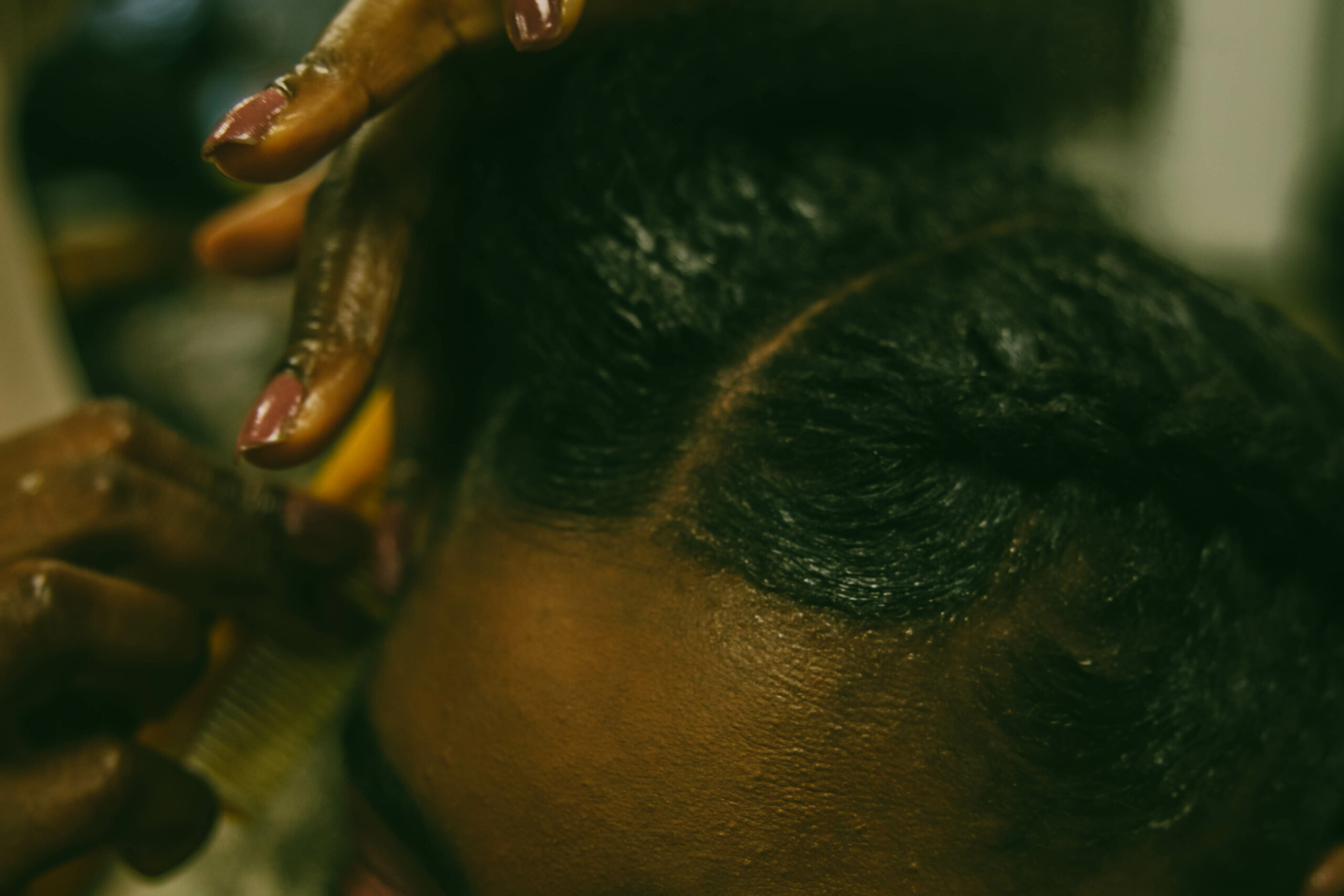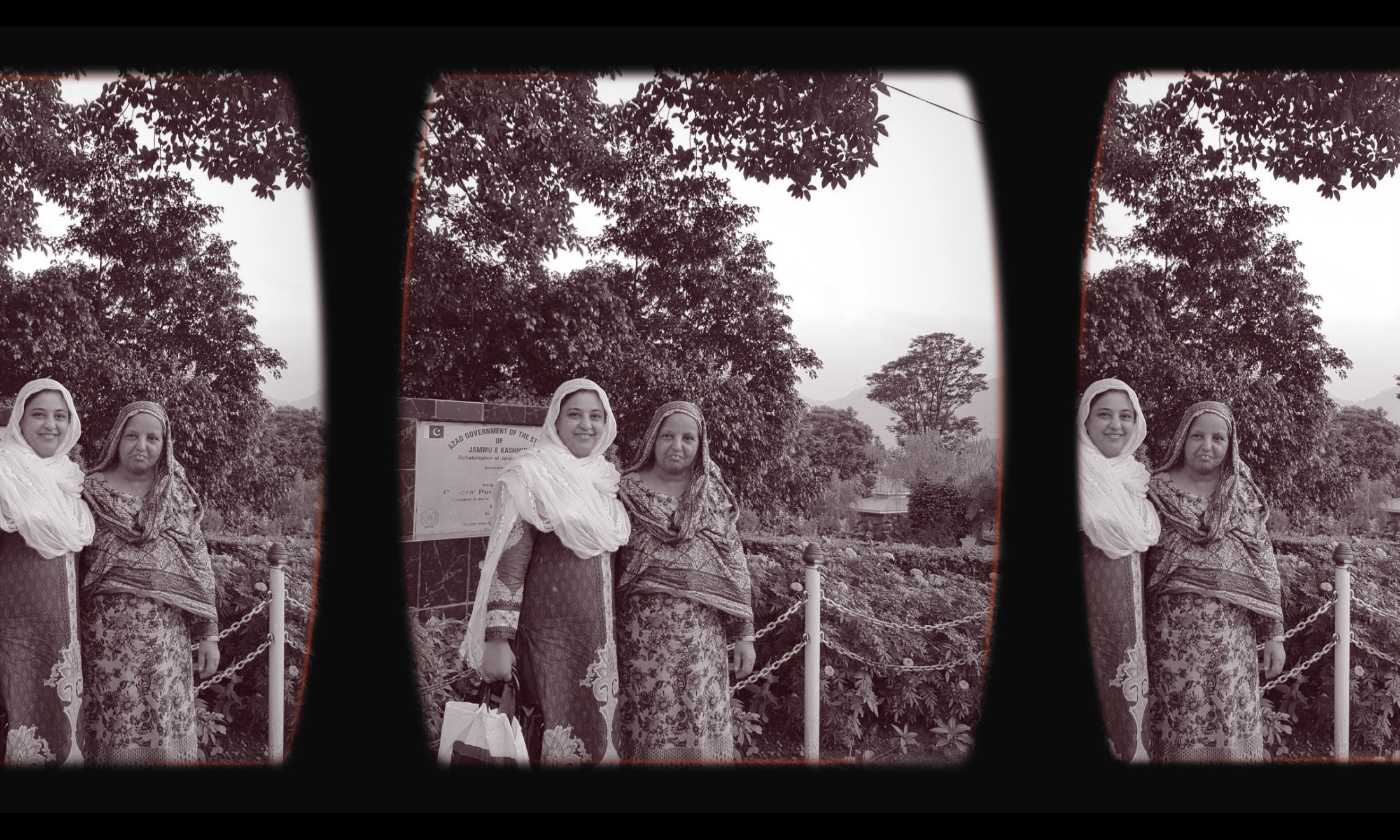
As a woman of South Asian descent, my culture has always taught me that the essence of my beauty is in my hair.
In my parents’ house, among their many framed photos from my childhood, one of them stands out. Aged two, I’m sitting in a frilly dress, with a head of curly, short, dark hair, accessorised with a red flower. It wouldn’t be until many years later that I’d revisit my curly hair and come to love it in the face of my own culture, which reveres long, straight hair.
As a child, my hair was thick and frizzy, flowing down to my bottom. Mornings were an ordeal. Either my mum or my grandma would use a fine-tooth comb to detangle my hair, struggling to take out its rebellious knots. When my mum was running late for work and I’d be bawling from the pain, we’d leave the trickiest knots for another day. If I were particularly unlucky, I’d get a healthy coating of (the pungent) Dabur Amla hair oil. My long mane was then neatly tied into either one or two long plaits.

While my mum and grandma treasured my long, healthy hair, it never really stood a chance to curl up at its length. It wasn’t until I was 14 that I had a “major” haircut. My mum accompanied me to the hairdressers for support, and while it was only trimmed to waist length, it still felt like a daring move – and revealed a curly mane.
I grew up in north-east London in Walthamstow, home to a significant South Asian population. As a teenager, GHD straighteners quickly became a prized possession for many South Asian girls. But I didn’t dare to ask my mum for the extortionate £100 they cost. So instead we got a Phillips straightener, but it didn’t quite do the same job. My hair became frazzled and dry from the heat. Even if I tried to recreate the sleek blow dry I’d occasionally get from the hairdressers, I’d end up missing the hard to reach strands at the back of my head.
Really, we were recreating the long, straight flowing manes we’d seen on the actresses in Bollywood movies. And I can’t help but think that the neatness, sleekness and “kept” nature of it represents traditional ideas of femininity in South Asian women. Straight hair says order, elegance and grace, personifying how more conservative members of the community might want their South Asian women to be.
“The neatness, sleekness and ‘kept’ nature of straight hair represents traditional ideas of femininity in South Asian women”
The desirability for straight hair relates to a wider discourse on texturism, something that we have seen more commonly discussed within the black community. These conversations often refer to “good hair”, referring to a manageable head of hair which is tame and therefore “beautiful”. This is undoubtedly intertwined with colonialism, and also isn’t too far from how straight, silky hair has traditionally been seen in the Indian culture.
By the age of 16, I had developed a mind of my own. But long, straight hair was still a trend among the South Asian girls within my college, and it didn’t seem to be going anywhere anytime soon. The Indian media was also quite happy to continue making adverts glorifying straight, silky hair. Rebelling against this, I began experimenting with my hair. I remember twisting my hair into buns the night before college, unraveling a tousled, wavy look the next morning. I felt like a new woman.
But it was only when my pockets were lined with new money from my first real job that I started investing in my hair. I booked an appointment at Rush in King’s Cross – a big move away from my local Asian hairdressers in Walthamstow. An enthusiastic hairdresser changed my life forever when he whipped out a diffuser. I finally learnt what the attachment was for, and more importantly what my hair could do. Even when I returned to my local Asian hairdresser for a thrifty haircut, they struggled to understand why I didn’t want my hair blow dried straight when I asked them to dry it with a diffuser.
“For South Asian curly girls, hearing comments like ‘junglee’ or having our hair compared to wild animals or witches is all too familiar”
For South Asian curly girls, hearing comments like “junglee” or having our hair compared to wild animals or witches from others in the community is all too familiar. When I started to wear my hair curly, I’d have family members pass comment that it looked “messy”, or tell me to run a comb through it. The lack of understanding of curly hair, whether from the South Asian beauty industry, its hairdressers or the culture, has meant it has been seen as something to tame.
Ironically, wavy, curly hair is not a rarity in South Asia. In fact, it’s quite the opposite, with many women having some sort of texture to their hair. Some embrace their curls, while many have been straightening their hair for years. A part of accepting my own hair has been about educating myself on how to style curly hair. Thanks to finding the right hairdresser and YouTube, I now know the right products to use.

Photography by Nikita Rathod
To do this, I had to swap my local South Asian hairdressers for a London chain hairdresser who had far more knowledge of different hair textures. For me, it’s sad that a trained hairdresser from my own culture struggled to deal with my hair type.
Thankfully, many South Asian cultures are slowly becoming more open to different hair types. Bollywood is moving away from the clichéd scenes of actresses with long, flowing straight hair because of the likes of Kangana Ranaut and Taapsee Pannu. YouTubers such as Ayesha Malik also serve as inspiration for South Asian girls thinking of reverting to their natural, curly hair.
I can’t quite remember the exact moment that I finally embraced my hair type. My grandma still tells me to this day to run a comb through my hair when she sees me; but it’s become a running joke between us. I love my hair the way it is, and I’m proud to say I can’t remember the last time I touched a straightener.









